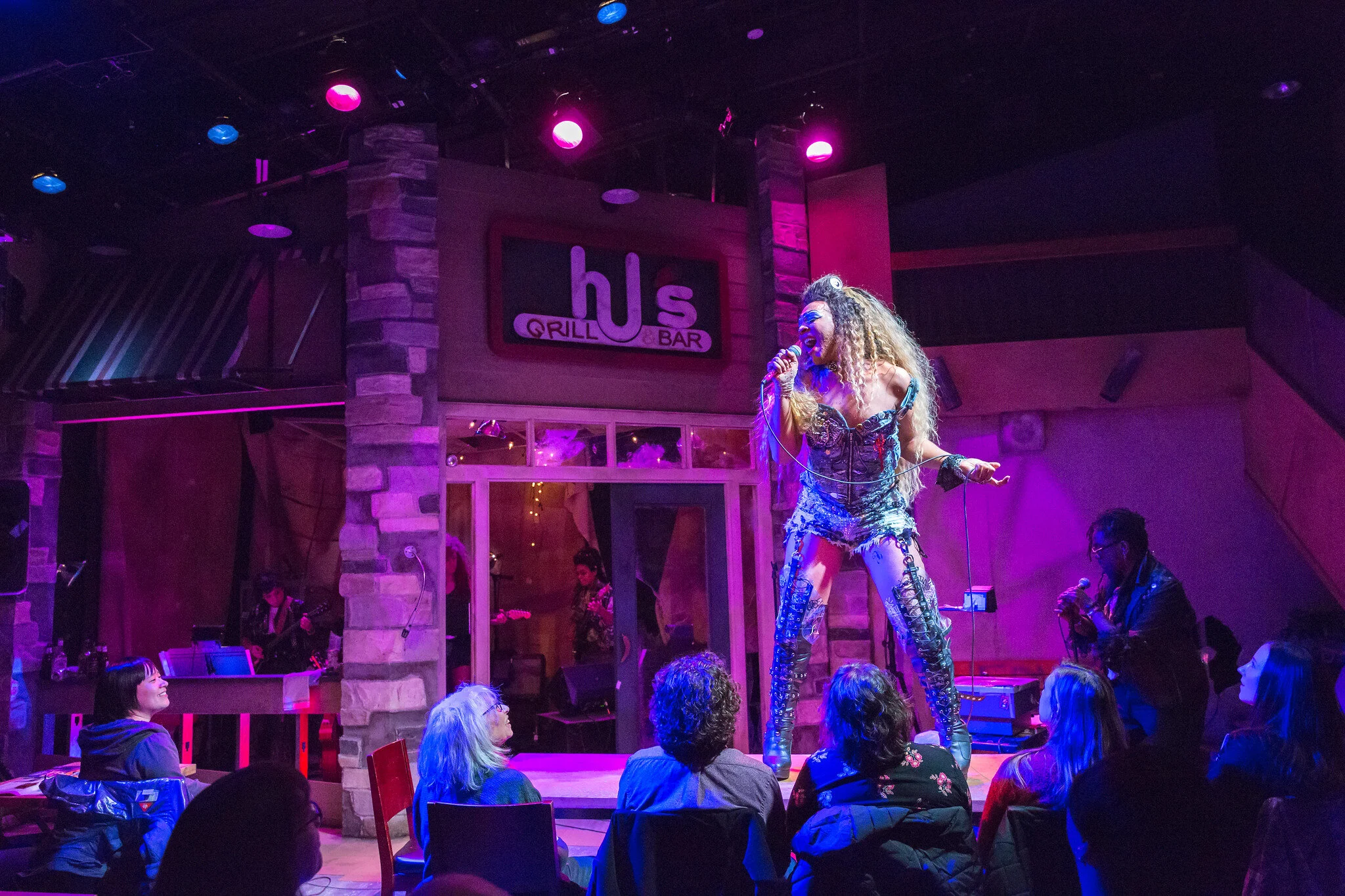Practices for Increased Digital Access
This article is related to a recently completed custom research project ABA conducted on behalf of a museum member. Our research team is always delighted to speak with members about tailoring research projects to your organization. To learn more or submit a custom research request, simply contact your member advisor or email us at info@advisoryarts.com.
The implementation of alt-text on web-based images can have a major impact on providing accessible ways for organizations to share their collections and productions. To understand the workflows and cross-departmental collaboration necessary to add alt-text to new and existing online catalogues, ABA spoke with six arts and cultural institutions about their own experiences implementing alt-text — along with an accessibility consultancy who advised several of these organizations.
Some key findings from the research include:
Preparation: before launching formal processes for integrating alt-text on websites, project leaders focused on aligning their colleagues around the value of the initiatives through all-staff presentations and educational videos. This values-alignment helped establish shared responsibility and accountability early on.
Training: to practice writing alt-text, many organizations start with group work in order to empower writers before asking them to write text independently. Group work is especially useful for more challenging pieces like abstract work.
Writing & process: some organizations have set up a voluntary corps of staff writers with set targets and timelines to chip away at writing alt-text for their vast collections, while others rely on interns and students to support on this work. Ideally, this is something that can be integrated into staff regular workloads.
ABA members can download the full report below.



